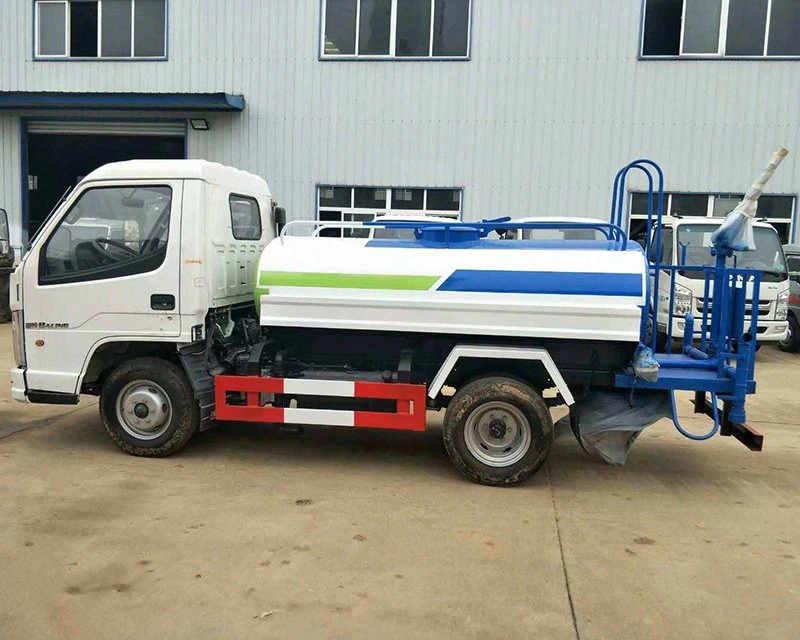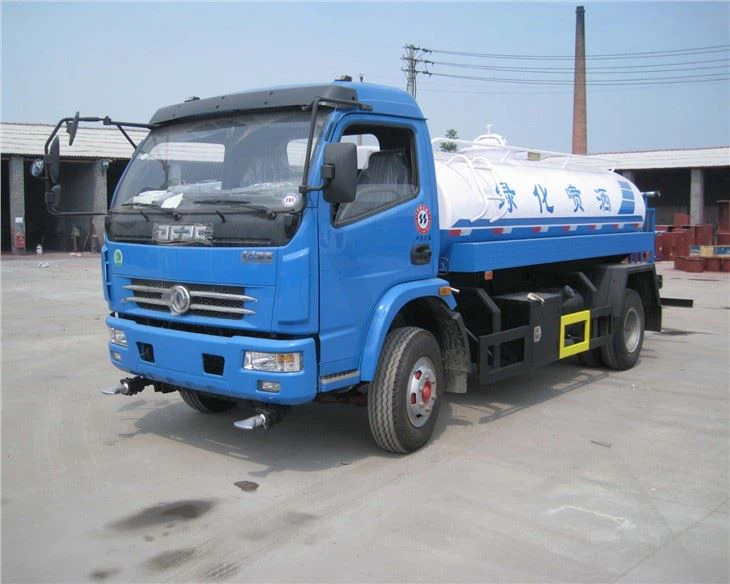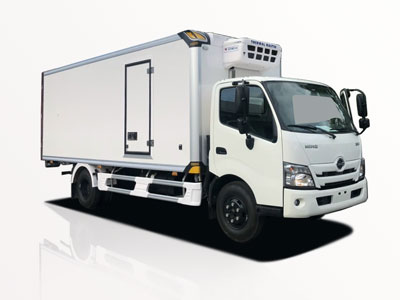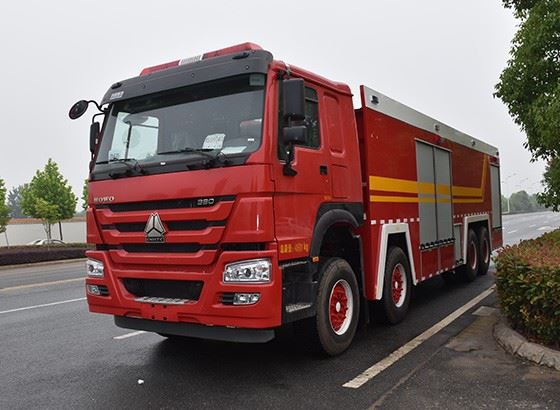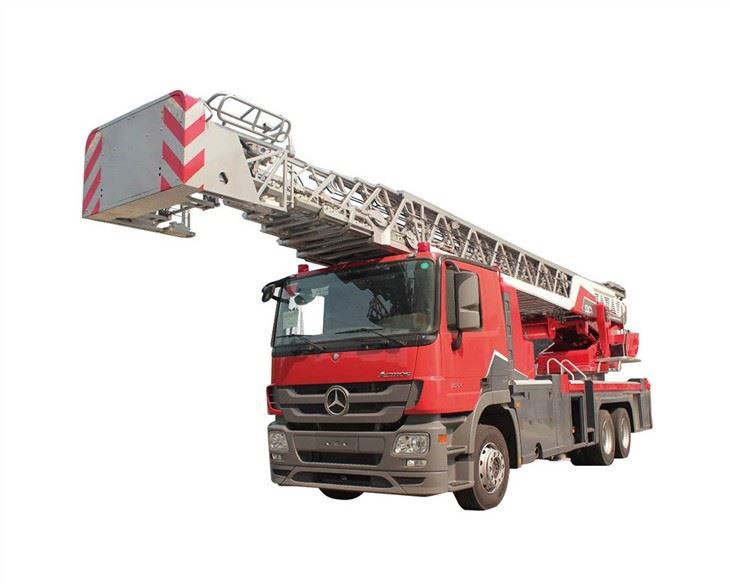In the transportation industry, one of the most crucial vehicles is the semi tanker truck. These robust trucks are designed to transport various types of liquids, including fuel, chemicals, and other hazardous materials. In this comprehensive article, we will explore everything there is to know about semi tanker trucks, from their structure and purpose to safety protocols and maintenance tips.
What is a Semi Tanker Truck?
A semi tanker truck is a specialized vehicle designed for carrying liquid cargo. It consists of a tractor unit (the truck) and a semi-trailer that houses the tank. These trucks play a vital role in the supply chain, ensuring the safe and efficient transport of essential liquids across long distances.
Types of Semi Tanker Trucks
Semi tanker trucks come in various types based on their design and the liquids they transport. The main categories include:
- Chemical Tankers: Made to carry chemicals, these tankers are equipped with specialized materials to prevent reaction with corrosive substances.
- Fuel Tankers: Typically used for transporting gasoline and diesel, fuel tankers are designed with safety features to prevent leaks and explosions.
- Food-Grade Tankers: These are used for transporting food products and must meet strict sanitation standards.
- Pressure Tankers: Designed to handle liquids under pressure, these tankers are crucial for transporting gases and other volatile liquids.
Key Components of the Semi Tanker Truck
| Component | Description |
|---|---|
| Tractor Unit | The front part of the truck, equipped with the engine, cab, and towing mechanism. |
| Semi-Trailer | The trailer portion that holds the tank and is connected to the tractor unit. |
| Tank | The main body that holds the liquid cargo, available in various materials and capacities. |
| Pumping System | Used for loading and unloading liquids, ensuring efficiency and safety. |
| Roll Stability Control | A safety feature to prevent tipping during sharp turns. |
Benefits of Using Semi Tanker Trucks
Semi tanker trucks offer numerous advantages, making them a preferred choice in the logistics industry.
1. Efficient Transportation
These trucks are engineered to transport large volumes of liquids in a single trip, reducing the need for multiple trips and saving on fuel costs.
2. Versatility
Semi tanker trucks can handle various types of liquid cargo, making them adaptable for multiple industries, from food and beverage to chemical manufacturing.
3. Cost-Effective
Due to their high capacity and efficiency, semi tanker trucks can lower transportation costs for businesses, increasing their profit margins.
4. Safety Features
Modern semi tanker trucks are equipped with advanced safety features such as anti-lock brakes and roll stability control systems, ensuring safer transportation of hazardous materials.
5. Environmental Regulations Compliance
Many semi tankers are designed to meet environmental regulations concerning emissions and pollutants, contributing to a greener transportation sector.
Regulatory Compliance for Semi Tanker Trucks
Operating a semi tanker truck involves adherence to various regulations, which can vary by country and state.
1. Licensing Requirements
Drivers must obtain the proper Commercial Driver’s License (CDL) with a tanker endorsement, demonstrating their capability to operate these vehicles safely.
2. Hazmat Training
Drivers transporting hazardous materials must undergo specific training to handle emergencies and understand the protocols for dealing with spills or accidents.
3. Vehicle Inspections
Regular inspections of the truck, trailer, and tank are mandated to ensure that they meet safety standards and are in good working condition.
Maintenance Tips for Semi Tanker Trucks
Regular maintenance is crucial in prolonging the life of semi tanker trucks and ensuring safety on the road.
1. Routine Checks
Conduct frequent inspections of the tank, hoses, and fittings for leaks and damage.
2. Brake System Maintenance
Regularly inspect and maintain the brake system, ensuring optimal performance and safety.
3. Tire Management
Check tire pressure and tread regularly to avoid blowouts and ensure a smooth ride.
4. Cleaning the Tank
Periodic cleaning is necessary, especially when transporting food-grade liquids, to ensure sanitary conditions.
Tips for Driving a Semi Tanker Truck
Driving a semi tanker truck requires special skills and knowledge. Here are some practical tips:
1. Understanding Weight Distribution
The weight of liquid cargo shifts during transit. Drivers should be mindful of how this affects stability and handling.
2. Managing Speed
Due to their size and load, semi tanker trucks require more time to accelerate and decelerate. Always drive within speed limits and adjust speeds according to road conditions.
3. Using Mirrors Effectively
Take advantage of all available mirrors to maintain awareness of your surroundings, especially when making turns or changing lanes.
4. Pre-Trip Inspections
Conduct a thorough pre-trip inspection, checking lights, brakes, tires, and the tank’s security before hitting the road.
Safety Protocols for Loading and Unloading
Safety during the loading and unloading of liquid cargo is paramount. Here are some best practices:
1. Use Proper Equipment
Always use the right equipment for loading and unloading, including pumps and hoses that can handle the specific product being transported.
2. Follow Designated Procedures
Adhere to established loading and unloading procedures to ensure safety and compliance with regulations.
3. Emergency Preparedness
Be prepared for emergencies by having spill kits, fire extinguishers, and understanding the procedures in the case of a leak or emergency situation.
Common FAQs About Semi Tanker Trucks
1. What is the average capacity of a semi tanker truck?
The average capacity of a semi tanker truck ranges from 4,000 to 11,000 gallons, depending on the truck’s design and purpose.
2. What are the safety regulations for transporting hazardous materials?
Regulations differ by state, but generally include proper labeling, truck inspections, and Hazmat training for drivers.
3. How do I choose the right semi tanker for my business?
Consider factors like cargo type, weight capacity, and specific industry regulations when choosing a semi tanker.
4. How often should I clean my tanker?
It’s recommended to clean your tanker after every load, especially if you’re transporting food products or different types of chemicals.
5. What should I do in case of a spill?
Contact emergency services immediately, contain the spill if safe to do so, and follow company protocols for such incidents.
